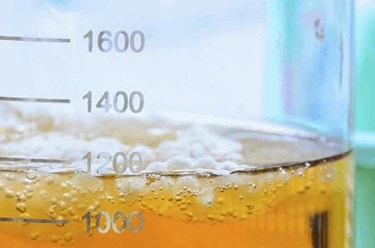Micelle Characterization By Dynamic Light Scattering: Bringing Viscosity Into The Equation

Dynamic viscosity is an integral part of the Stokes-Einstein equation, which enables the calculation of particle size from DLS measurements. While performing calculations using the dynamic viscosity of the solvent might be an acceptable strategy for some samples, it introduces a sizeable bias in DLS results when particles strongly affect the suspension’s viscosity. Micelles are composed of amphiphilic surfactant molecules which spontaneously assemble into spherical structures in solution. Here we investigated particle size in a micellar solution submitted to variations in ionic strength, pH and surfactant concentration with the Litesizer™ 500, while viscosity was measured using a Lovis 2000 ME viscometer coupled to a DMA™ 5000 M densitometer. Especially for undiluted sample we observed that the particle size calculated using the measured dynamic viscosity differed significantly from that calculated using solvent viscosity. Diluting the sample in order to diminish the particles’ influence on overall viscosity is frequently used as an alternative to measuring dynamic viscosity. However this strategy was not applicable here, as we observed that dilution had a dramatic impact on the size of micelles. Together these data stress the importance of measuring the dynamic viscosity of samples to obtain accurate particle size results with DLS.
Get unlimited access to:
Enter your credentials below to log in. Not yet a member of Pharmaceutical Online? Subscribe today.
